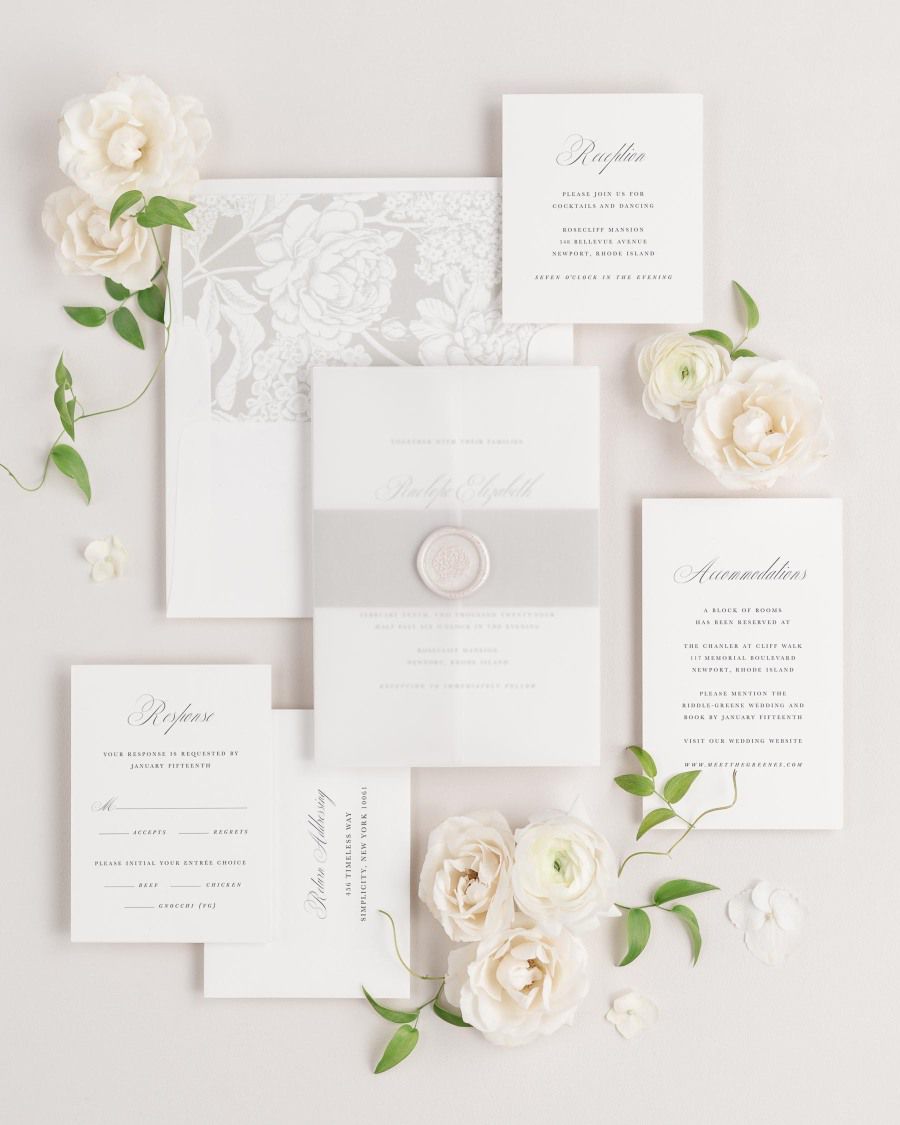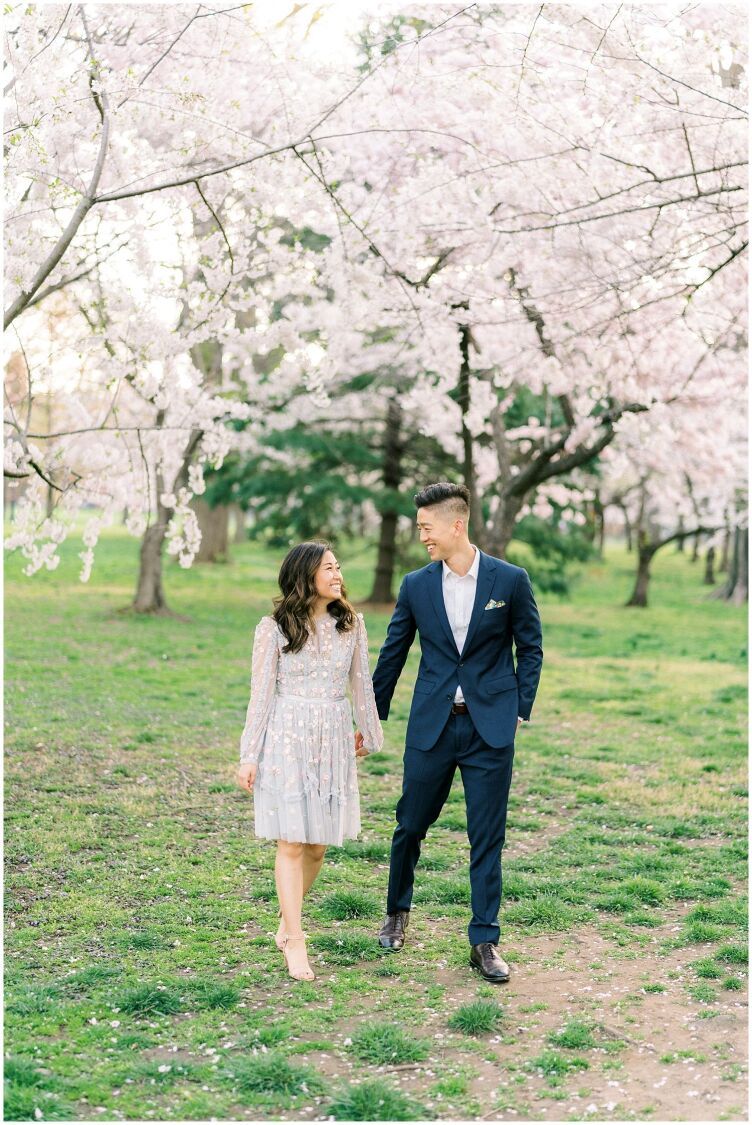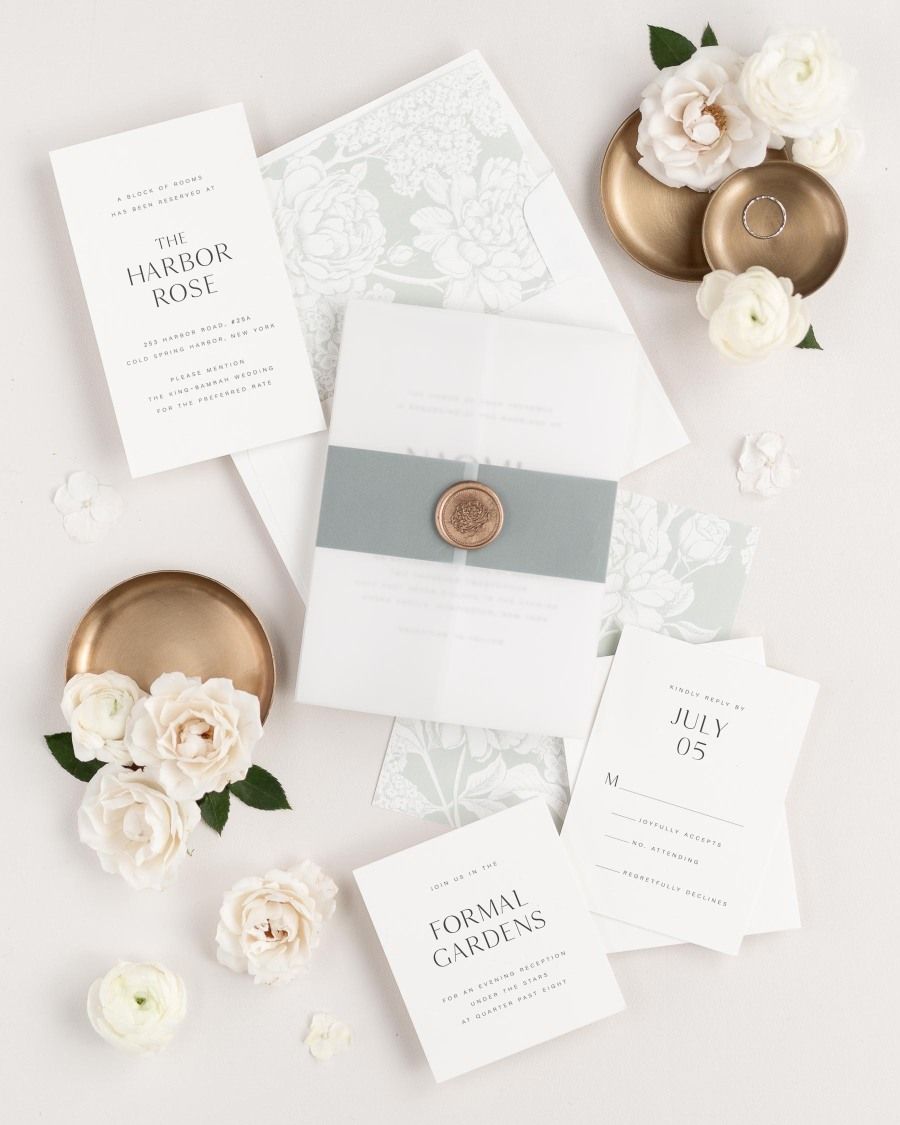Planning a wedding involves many details, and one critical aspect that often requires careful consideration is guiding your guests to their reception seats. Creating a seamless seating arrangement ensures that your guests feel welcome, comfortable, and can fully enjoy the celebration without any confusion or stress.
In this guide, we'll explore the differences between place cards and escort cards, what information to include on your place cards, the benefits of seating charts, when to consider a combination of seating chart and place cards, and how to handle table numbers to make your wedding reception a success.
Key Takeaways:
- Choose between place cards and escort cards based on your guest list size, venue layout, and event formality.
- Place cards provide individual seat assignments, while escort cards indicate table numbers for more flexible seating arrangements.
- Seating charts offer an efficient way to guide guests to their tables, fostering better communication and encouraging interactions among attendees.
- Table numbers not only assist guests in locating their seats but also provide an opportunity to showcase your creativity and personal style.


1. Place Cards vs. Escort Cards: Which to Choose?
When it comes to guiding your wedding guests to their reception seats, place cards and escort cards can play a vital role in ensuring a seamless and organized seating arrangement. Interestingly, place cards and escort cards are, in essence, the same type of product – small cards that include guest information, such as names and table assignments. The main distinction between the two lies in how they are displayed.
Place Cards
Place cards are small cards typically placed on each guest's individual place setting at the dining tables. They feature the guest's name and indicate their assigned seat, making it easy for everyone to find their places effortlessly. Place cards work best for sit-down dinners or events with a formal seating arrangement. They add an elegant touch to the table setting and allow you to customize each guest's experience.
Escort Cards
Escort cards, on the other hand, are usually displayed at the entrance of the reception area or a designated space. These cards indicate the guest's name and table number rather than a specific seat. Escort cards are common for larger weddings or events with a less structured seating arrangement, where guests can choose their seats at designated tables. They offer more flexibility and encourage mingling among guests.
Tip: Consider your guest list size, venue layout, and the formality of your event when deciding between place cards and escort cards. For smaller, formal weddings, place cards can provide an added touch of sophistication, while escort cards work well for larger, more relaxed affairs.


2. What to Include on Your Place Cards or Escort Cards
When creating place cards, ensure they contain essential information for your guests. Here are the key elements to include:
- Guest's Name: The primary purpose of a place card or escort card is to show each guest where they should sit. Therefore, the guest's name should be prominently displayed, whether you are using place cards or escort cards.
- Table Number: Indicate the table number on the card, allowing guests to easily find their assigned table. This information is crucial when displaying escort cards at the entrance of your reception venue. Since place cards are traditionally placed at each guest’s place setting at their tables, the table number is not necessary to include.
- Meal Choice (if applicable): If you have a plated dinner with multiple meal options, consider adding a discreet symbol or abbreviation to signify the guest's chosen meal. This helps the catering staff serve the correct dishes efficiently. If you are including the meal choice on your place/escort cards, we highly recommend including only one guest per card, instead of couples. Having more than one meal choice on a card can cause confusion around which guest should get which meal.
- Personalization: Adding a personal touch to each place card, such as a handwritten note or a small decorative element, can make your guests feel extra special and appreciated.
3. The Benefits of Seating Charts
Seating charts offer several advantages over individual place cards or escort cards:
- Efficient Guest Guidance: Seating charts provide a clear and centralized display of guest names and their corresponding table numbers. This streamlines the process of finding seats, especially if your venue has multiple dining areas.
- Easier Guest Communication: When guests see the entire seating arrangement, they can quickly locate friends and family, fostering a more cohesive atmosphere and encouraging conversations among guests.
- Decorative Element: Seating charts can be beautifully designed to match your wedding theme, becoming an eye-catching decor piece that also serves a functional purpose.

4. Using a Combination of a Seating Chart and Place Cards
In some cases, employing both a seating chart and place cards can be a winning combination:
- Seating Chart at Entrance: As guests arrive, display a seating chart at the entrance or near the reception area. This provides a quick overview of the table layout and helps guests locate their assigned tables efficiently.
- Place Cards on Tables: Once guests find their table, the individual place cards guide them to their specific seats. This two-step approach minimizes confusion and ensures a smooth transition from the entrance to the dining area.
Tip: Use a consistent design theme for both the seating chart and place cards to maintain visual harmony throughout your wedding decor.


5. Table Numbers: The Final Touch
Table numbers are essential for organizing your reception space. Here are some tips for effectively using table numbers:
- Visibility: Ensure that table numbers are easily visible from various angles so guests can quickly find their designated tables.
- Creativity: Get creative with table numbers by incorporating elements that reflect your personality or wedding theme. This adds a unique touch to your reception decor.
- Size and Placement: Consider the size of your guest tables when choosing table numbers. They should be proportionate to the table and placed in a location that doesn't obstruct guests' views. If you are using long banquet tables, consider having more than one sign per table so guests don’t have to walk the length of the table to figure out which number it is.
Effectively guiding your wedding guests to their reception seats is a crucial element of ensuring a successful and enjoyable celebration. Whether you choose place cards, escort cards, seating charts, or a combination of these options, paying attention to the details and design will create a positive and memorable experience for your guests. Remember to personalize each element, consider your guest list size and venue layout, and maintain a cohesive design theme throughout. With these top tips, you'll be well-prepared to make your wedding reception a delightful and stress-free affair for everyone involved.
Photo Credit
Potted Plant Place Cards: KT Merry - Anna Lucia Events - 50Fifty Events | Girls at Seating Chart: O’Malley Photographers | Bookcase Seating Chart: Juliana Aragon - Jenn Robirds Events - Wilderland | Flower Thank Yous: Louise Hagger









Request a Free Sample Set
Experience our papers, colors, and printing in person.
Not Sure Where to Start?
Take our styling quiz to find the right look and configuration for your stationery.
Bring Your Vision To Life
Browse our invitations and find the perfect design for your wedding.
A Difference You Can Feel
Make a statement with our luxurious letterpress wedding invitations
See Us Shine
Client visions brought to life #shinenewlywed






